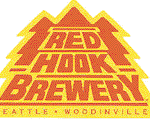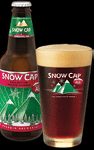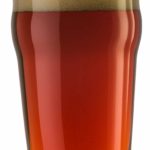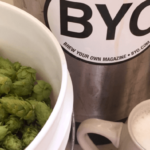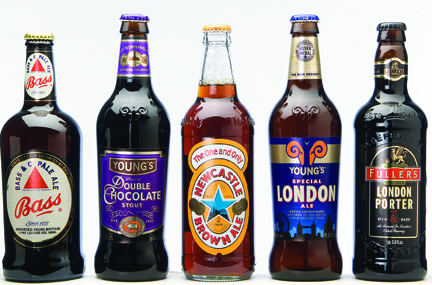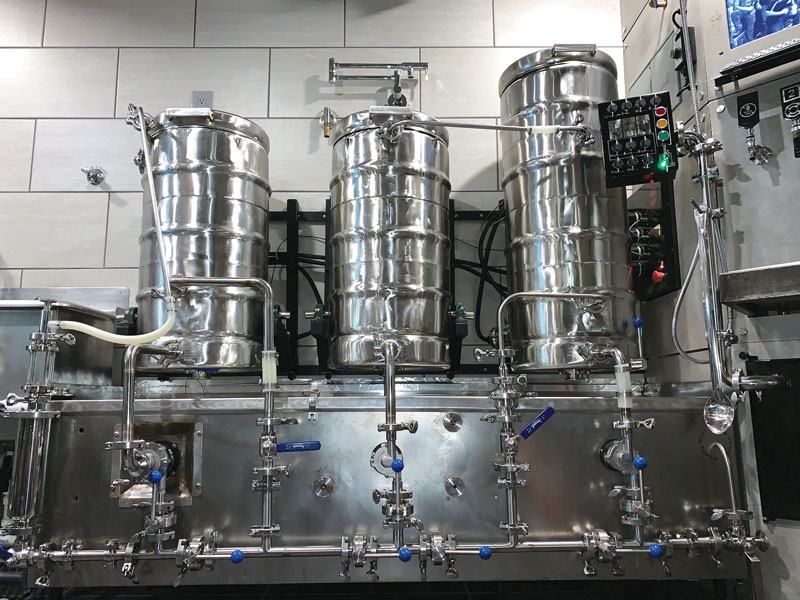Beer Style: English Bitter, Mild, and Pale Ale
Redhook Ale Brewery’s Redhook ESB clone
This Extra Special Bitter is a deep copper-orange color, with an off-white, creamy head. The aroma is a judicious blend of fruity hops and toasted malt. Medium in body, it is full and round, with a nice blend of malt balanced with gentle hop character. Redhook ESB ends with a sweet malt finish.
Brooklyn Pennant Pale Ale ’55 clone
Pennant is a well-crafted pale ale brewed as a tribute to Brooklyn’s world champion baseball team of 1955. (That would be the Dodgers, who actually beat the Yanks in that crosstown series.)
Pennant pours with a dense light-beige head that sits on a chestnut-colored beer. The aroma is complex and malty, with a hint of freshly baked bread. The full malt flavor is balanced with a clean hop background. English hops provide a moderate bitterness that complements the smooth mouthfeel. The aftertaste is dry with a hint of hops.
Pyramid Snow Cap Ale clone
This full-bodied winter warmer is brewed in the spirit of British winter ales. Crafted with a flurry of roasted chocolate and caramel malts, and generously hopped, it delivers a smooth finish that makes this beer the perfect cold weather companion. This clone recipe first ran in the July 1998 issue and has been tweaked several times through the years.
Bonneville Flats Bitter
“I brewed this beer on a Sunday and served it to my homebrew club the next Saturday. I thought it would still be green at that point, but it actually tasted finished Friday evening. I designed the recipe and procedures to not only yield a beer that would ferment and conditionquickly, but one that would be quick to put together on brew day.”
— recipe author Chris Colby
6-Day Mild Ale
“The name reflects that I needed a large amount of yeast ready in 6 days, so brewed up a batch of mild. I needed to grow enough yeast to make a batch of OG 1.116 barleywine for filling a bourbon barrel. The mild was made one weekend and was racked to a keg the following weekend while the mash was underway for the barleywine. The chilled barleywine wort was then transferred onto the yeast cake from the mild and a little oxygen was added. There was activity in the airlock within about an hour.”
— recipe author Steve Piatz
Elysian Brewing Company: The Wise clone
The first beer that Elysian Brewing Co. brewed, The Wise ESB is a classic British Special Bitter. The recipe was shared with Brew Your Own magazine in 2010 in honor of the 15th Anniversary of Elysian Brewing and BYO.
English Bitter
Using good quality UK malts and hops really makes a difference with this beer. Yeast choice can affect the flavor of the beer considerably – experiment with available English Ale strains to find one you like. Drink this beer while it is young and fresh.
— recipe author Scott Simpson
Mild Ale
Five hundred years ago, almost all British beers existed as both stale and mild ales. From its earliest use through the 18th Century, the term “mild” referred to an entire class of ales. These beers were much bigger than today’s mild (perhaps 20 °P or more) and they were served young and sweet with residual malt sugars. Any beer could be called mild as long as it lacked the sourness of aged beers, such as stale or stock ale.
British Nineteenth-Century Best Bitter
Recipe author Horst Dornbusch’s more modern recreation of a historical Best Bitter from the 1800s.
Extra Special Bitter (ESB)
Is it the crystal malt? The English hops? What makes a great ESB? Find out how to put the special in your bitter.
Ordinary Bitter
Ordinary bitter is neither ordinary nor bitter – our new Style columnist will discuss the best way to brew this British session ale at home.
5 British Ale Clone Recipes
We got the scoop on five classic British ales and serve them up like bangers and mash. Try our clone recipes for Bass & Co.’ Pale Ale, Young’s Double Chocolate Stout, Newcastle Brown Ale, Young’s Special London and Fuller’s London Porter.
